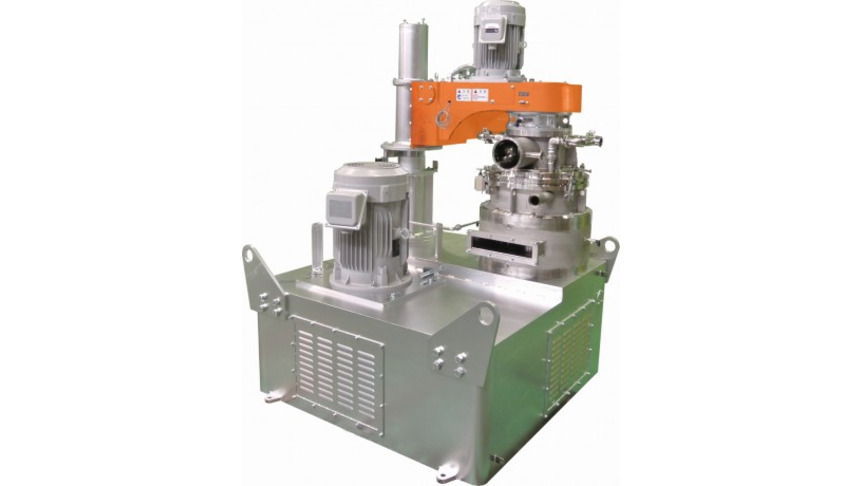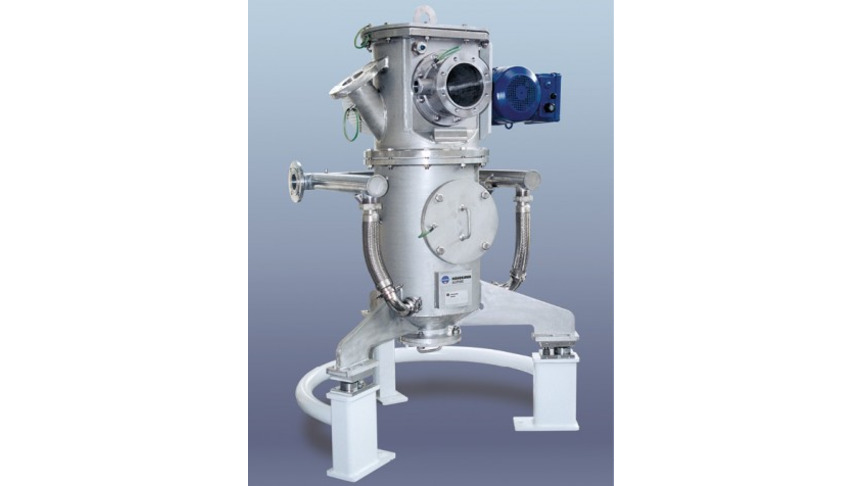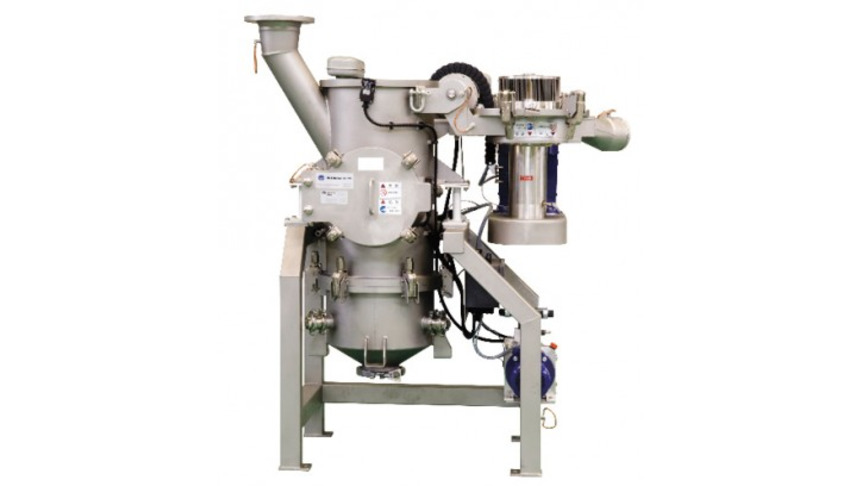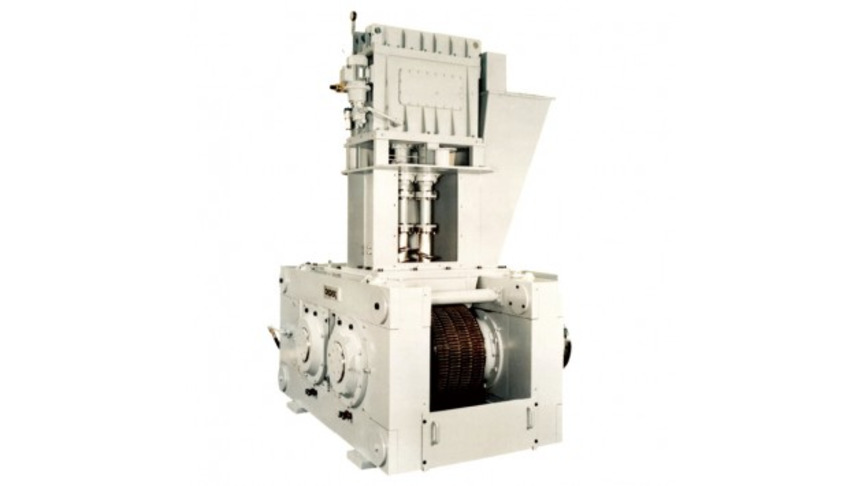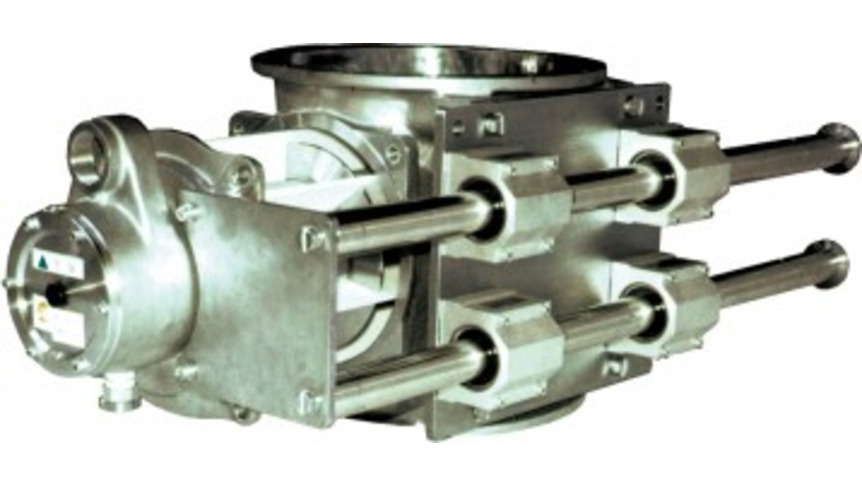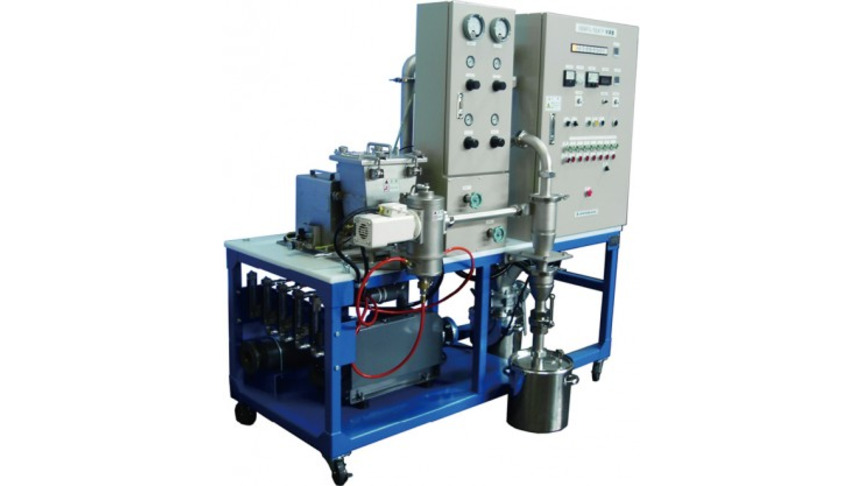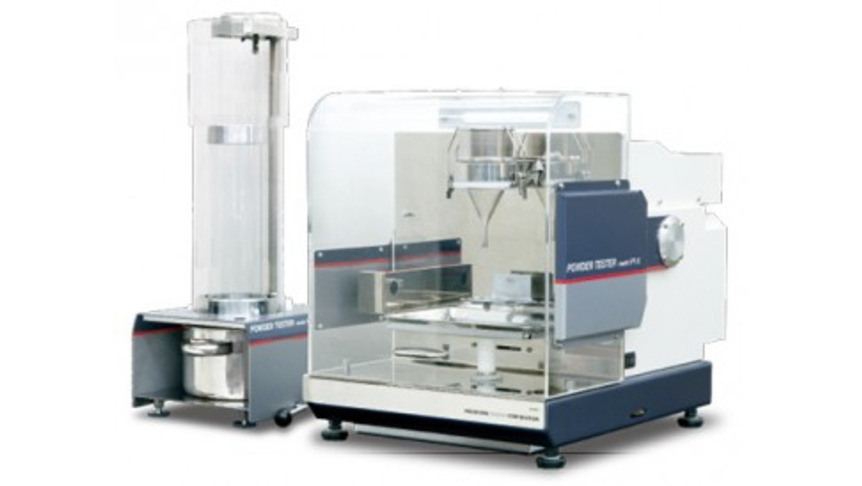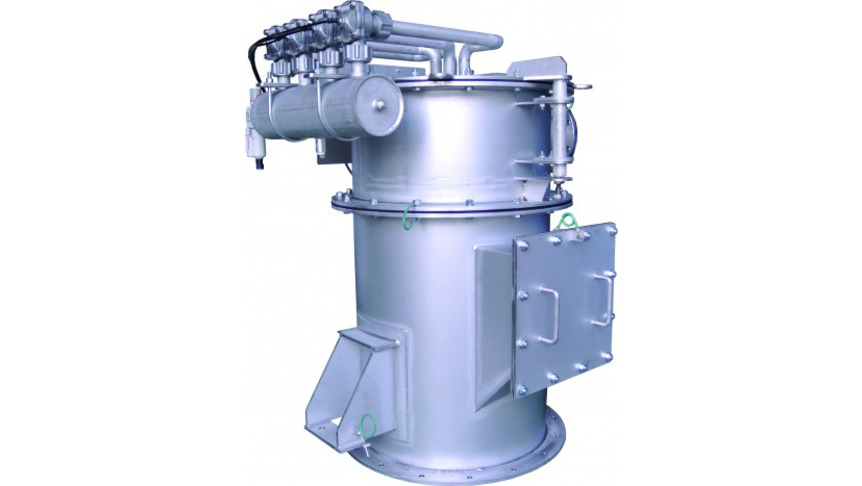- Industries & Machines Industries & Machines
- IIoT IIoT
- Service-Toll Processing Service-Toll Processing
- Material Material
- News News
- IR Information IR Information
-
Sustainability
Sustainability
Sustainability
- Introduction
- Hosokawa Micron Group "Basic Human Rights Policy"
- Hosokawa Micron Group "Basic Policy on the Environment"
- Sustaibality Policy - Mission Statement
- Editorial Policy
- Integrated Report
- Materiality & Strategy
- Technological contribution to a sustainable global environment
- Contributions towards a safer, more secure and prosperous society
- Sophistication of governance that supports business
- ESG Data Collection
- Sustainable Business Management ~ Finance
- Infromation Disclosure Based on TCFD Recommendations
- Jobs and Careers Jobs and Careers
-
About Us
About Us
About Us
- Greetings (Company Introduction)
- Hosokawa Micron Group "Basic Human Rights Policy"
- Hosokawa Micron Group "Basic Policy on the Environment"
- Management Philosophy
- Corporate Overview
- Corporate Profile
- Business Areas and Strengths
- Corporate History
- Hosokawa Micron Group
- Domestic Facilities
- Overseas Subsidiaries (Asia)
- Overseas Subsidiaries (Europe)
- Overseas Subsidiaries (America)
- Asian Agents
- Powder Technology Research Institute
- Industrial Property Rights
- Journals and Books
- Technical Information
- Annual Publication "Micromeritics"
- Compliance Charter
- Privacy Policy
- Cookie Policy
- Quality Principle

Industries & Machines
- TOP
- Industries & Machines
- Industries Search
- Bumper Talc
Bumper Talc

Summary
Talc has the characteristics such as soft, laminar structure, lipophilic and smooth. It is indispensable natural resource for various productions of automobile, paper, fertilizer, paints, plastics and ceramics. Since it is harmless natural material with high safety, talc is also applicable in the cosmetics, pharmaceuticals and animal feed. Common applications are the compound for the improvement of the resin strength, reinforcement filler for automobile bumper production. Other applications cover wide range of industries; mold lubricant, thickener for paint viscosity control and for avoiding dripping of paint, adsorbent of resin originated from original material (Pitch) for paper manufacturing, filler for pharmaceutical, lubricant for the cosmetics, anti-blocking agent for the feed/fertilizers and food additives.
Contents
Recent years due to the increased demand in the resin compound application for improving resin strength or reduction of resin contents in the product, talc is used as filler for the reduction of manufacturing cost. Adding talc to thermo plastic resins, the resin strength is increased. In this way, adding talc to the car bumper resin (PP) rigidness and durability of surface shock resistance (product strength) can be increased. When it is aimed to increase the strength of the plastics, compressed talc (chip talc) with high disintegrative nature or dispersibility is popular despite of its high bulk density.
Talc grinding
Compressed talc (Chip talc) is the agglomerated powder and required to have high dispersibillity with easy raveling nature. It has been compressed to increase bulk density to rationalize the kneading process for resin compound application after grinding/classification. Fluidized opposed jet mill is most suited for grinding since the mill can keep the aspect ratio of talc. Resins have tendency of lower viscosity, therefore dispersibility or good raveling property is very important to evaluate chip talc.
Increase of bulk density of talc
Talc for this application is sized of d50 = 4.0 – 7.0 μm and it is required to maintain flake shape for the reason of keeping plastic forming strength. In order to mix with plastics, 25-30% of talc with bulk density of 0.17 – 0.20 g/ml is required to have higher kneading efficiency.
In the chip talc production, adequate deaeration is very important for compacting to produce talc with higher bulk density. Combination of roller compactor (CS, MS) and deaeration system the Denspack (DEN) is most suited. General operation process is shown in the flow diagram (Fig.3).
In the preceding process of the compactor, the Denspack deaerates the feed; therefore more efficient compaction is facilitated.
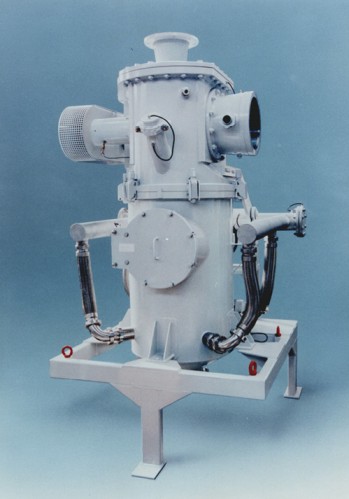
Fig.1 Fluidized bed opposed jet mill 700/1 AFG
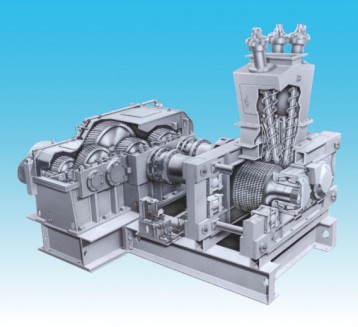
Fig.2 Compactor CS,MS
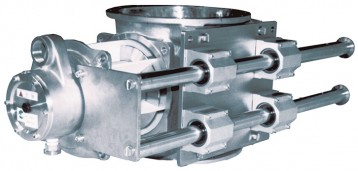
Fig.3 Denspack DEN-20
Features
- Energy Saving (power saving up to 70%)
- Simple deaeration system
- Product stability
Deaeration part is provided at the top of the roller compactor.
Material feeding to the roller is constantly carried out for stable production - High process capacity
Compactor MSL-30 (roll diameter 520mm, width 200mm) combined with Denspack DEN-20 - Easy to disintegrate (dispersibility)
Minimum number of granules of soft agglomeration, easy to break.
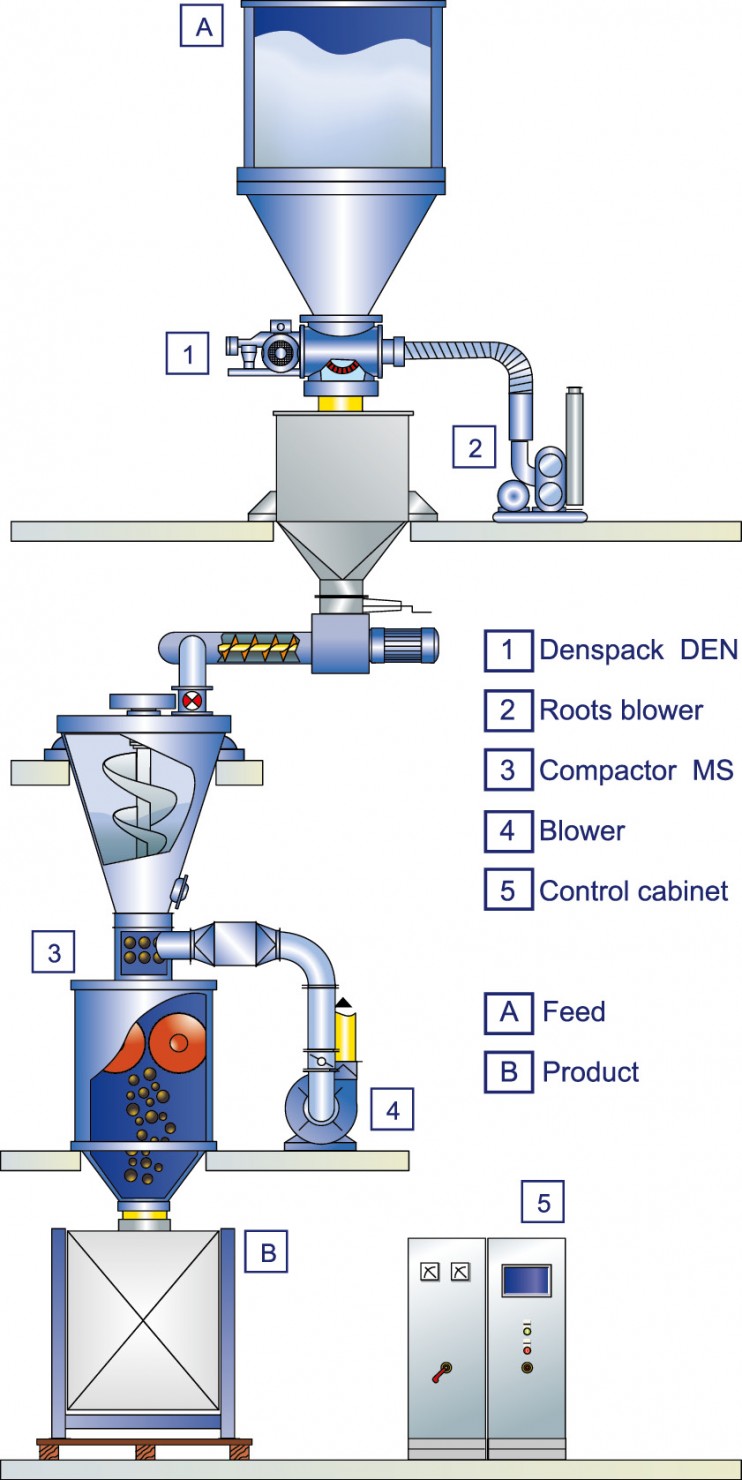
Fig.4 Flow
Related equipments

Feel free to contact us. if you have any questions or concerns.

